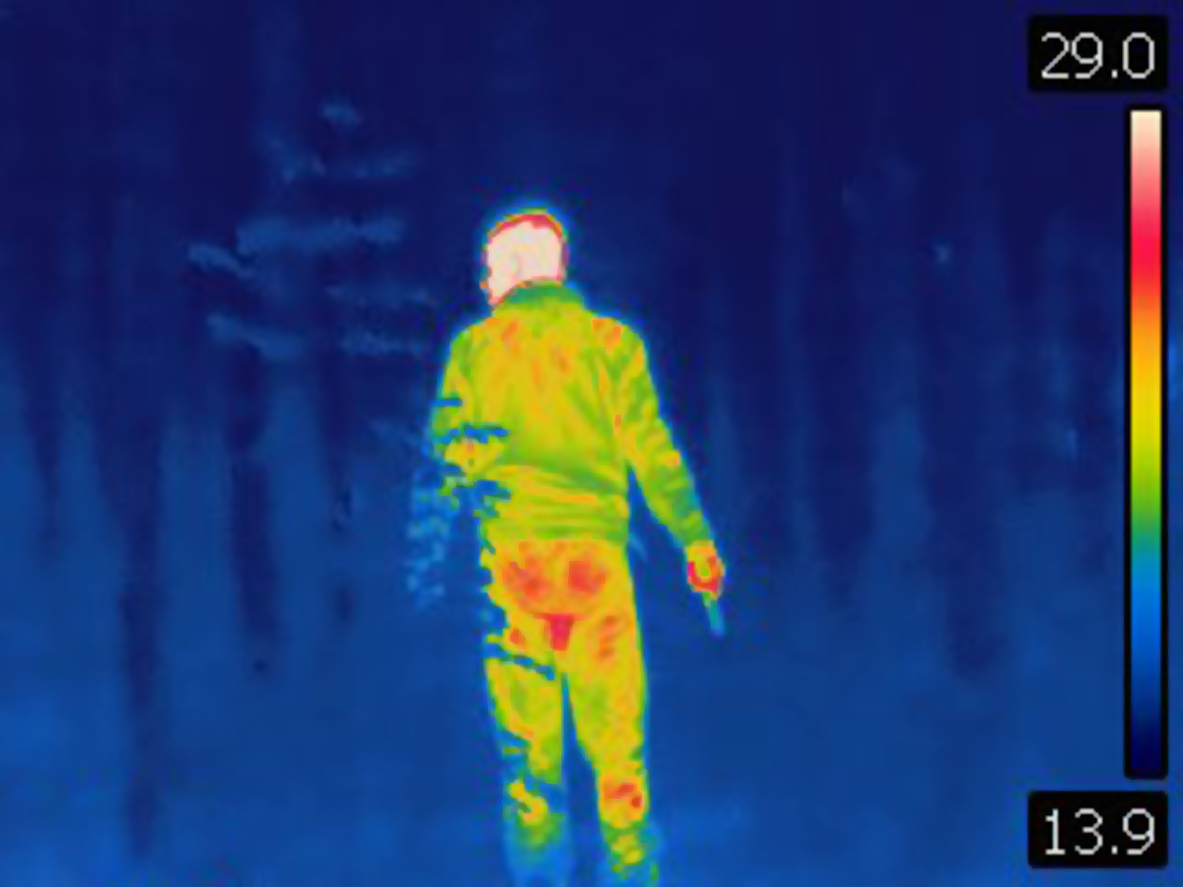The objective of security is to protect people, locations and assets, and for the threats organizations face daily, early detection of potential problems is crucial. Security staff and third-party monitoring providers rely on alerts generated by intrusion detection technologies as the lifeblood of security.
As helpful as these alerts can be, the unfortunate reality is they are often pain points. The number of false alerts from intrusion detection solutions can quickly become overwhelming for central station operators and law enforcement, especially for outdoor monitoring situations. Weather, animals, foliage and other factors can easily generate false positives.
The best approach to mitigate false alarms is to ensure accurate identification, which not only helps identify valid threats but also increases the effectiveness and efficiency of response. The sooner a response can be put into action, the more likely it is that an organization can mitigate or avert a potential risk.
Unfortunately, verification is another major pain point that creates significant challenges for organizations using many of the available intrusion detection technologies, delaying and hindering critical response.
With these issues in mind, it is important security professionals and end users properly evaluate and select technologies that will augment security by reducing the number of false alarms and increasing both detection and identification. This will help ensure responders are only dispatched for true alarms, maximizing resources and streamlining first response efforts.
A burgeoning means to reduce nuisance alarms through accurate intrusion classification and visual alarm assessment is the application of remote monitoring with thermal analytics. Read on to learn why thermal cameras, especially when combined with other security technologies, are fast becoming attractive options for installing security contractors and central stations.
Heat Signature Advantage
There are a number of technologies typically deployed for intrusion detection, including visible light cameras and motion detection technologies like fence-mounted sensors, microwave and more. While each has its strengths, there are also a number of drawbacks to using any one of these solutions in a standalone capacity.
The main advantage of cameras that create images using visible light, such as conventional surveillance or IR-illuminated cameras, is the images they create are recognizable and easy to interpret. This familiarity makes them a more comfortable choice for end users. However, when it comes to detection, customers face a number of challenges.
The primary drawback to these cameras is their reliance on the amount of available light. In sunshine or a brightly lit scene, visible light cameras perform fairly well. But in shadows, at night or in another situation where lighting is less than ideal, objects can appear faint — if they appear at all.
[related number = “1”]
Another limitation of these cameras is visual contrast. Because they capture only visible light, they can easily be fooled by visual camouflage or situations where similar patterns or colors blend together to obscure people and objects. Similarly, these cameras are also susceptible to being fooled by naturally occurring phenomena such as trees, shadows, animals and other factors.
Traditional motion detection technologies like microwave, radar, fence-mounted sensors and radio-frequency identification (RFID) often fare quite well for detecting potential intrusion. However, as standalone solutions, they are essentially blind compared to surveillance cameras.
For example, when a motion sensor is tripped, security personnel would still require additional information to assess the nature of the alarm, determine whether it is valid, and plan an appropriate response. Without a visual of the scene, there simply is no way to know whether motion on a fence is an intruder, an animal or a tree branch.
Another notable perimeter application technology increasingly deployed across all sectors is thermal imaging. By utilizing thermal cameras, facilities can detect intruders from greater distances regardless of light and environmental factors, giving security forces more time to react and respond.
The reason for this is that thermal imaging cameras don’t suffer the same problems as visible light, IR-illuminated cameras and motion-detection solutions. Thermal cameras clearly “see” the invisible heat that radiates from everything we encounter in our daily lives, creating images from these heat signatures.
This allows thermal imaging to provide clear visuals in complete darkness. And because thermal radiation can penetrate visible barriers like smoke, dust, fog and other phenomena, thermal imaging is largely immune to their presence. For these reasons, thermal imaging is one of the most effective 24/7 surveillance technologies available today.
For example, an intruder located in a densely wooded area would be difficult to detect using a visible light or IR-illuminated camera. With a thermal imaging camera, on the other hand, the person would be clearly visible because of their heat signature.
Thermal security cameras let people see what their eyes can’t: invisible heat radiation either emitted or reflected by all objects, regardless of lighting conditions. Because they see heat, not light, thermal cameras are effective tools in any security setting. They can easily detect intruders and other potential hazards in any weather, as well as day and night.







